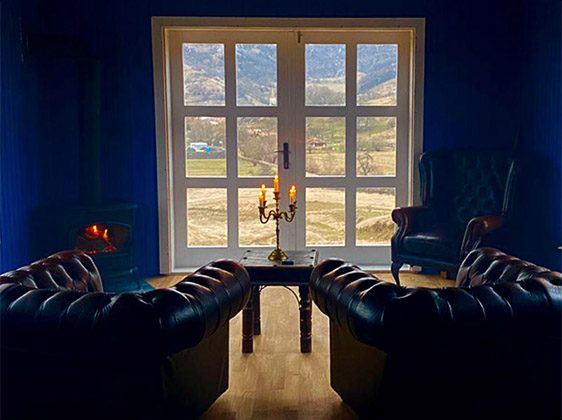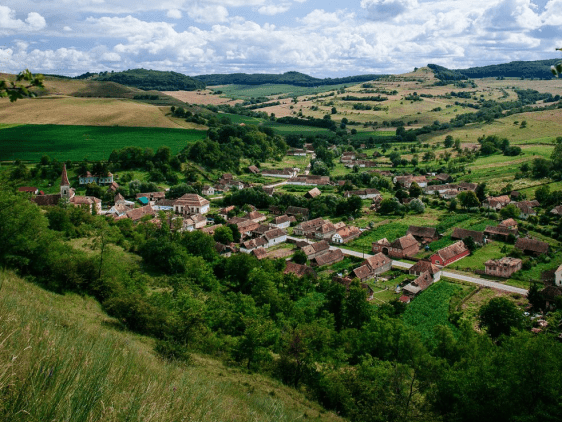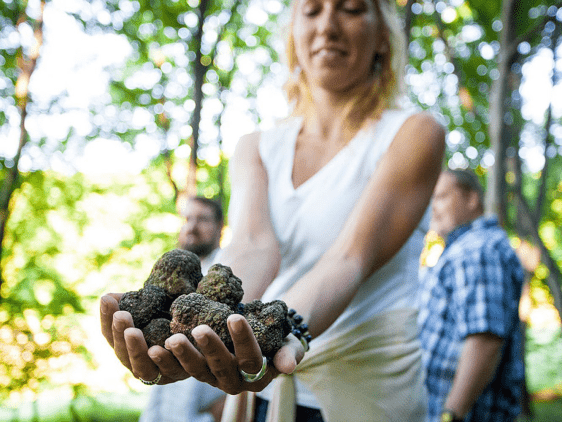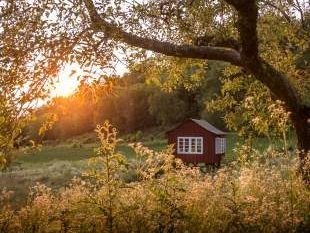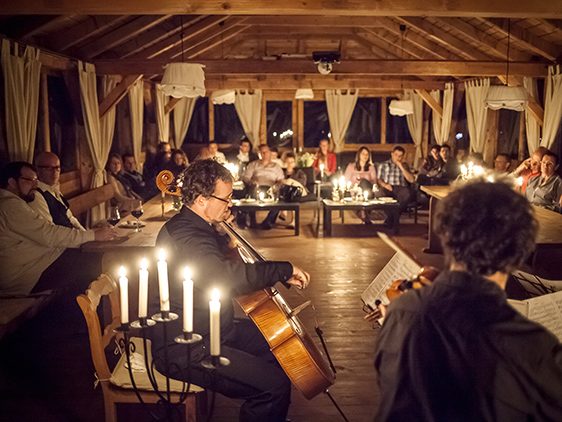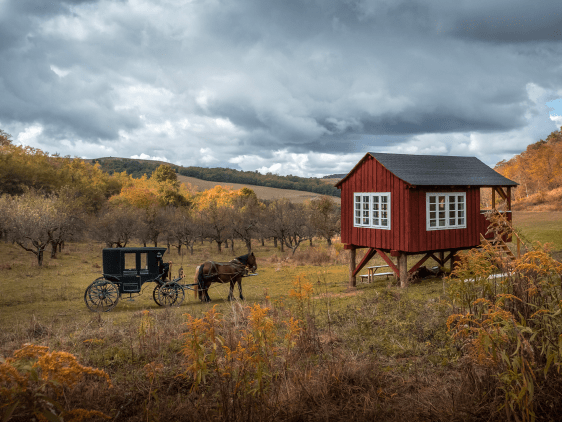The Christmas holiday is one of our favorite times of the year. We love to decorate the houses and make room for Santa Claus in the Valea Verde restaurant. From the stories of our guests, we know that every area in Romania. In this article we will present some of the Saxon and Transylvanian Christmas traditions.

The Lichtert (das Christleuchter)
The Christmas light or lichtert recalls the hope and joy brought by the birth of the Baby. According to the custom, the children make two, four or six wreaths that they will place in the church. Christmas wreaths resemble beautifully decorated candlesticks around which traditional Christmas carols will be sung. The custom of the Lichtert dates back to the pre-Reformation period, when the songs of Lichtert, Lichtersingen, in Latin are mentioned and preserved to this day.
Santa Lucia (or Saint Lucia)
It is a tradition borrowed from the Nordics (Northern Europe), also practiced by some Saxon communities. The custom is for the man in each house to smoke all the corners of the household with a tray on which hot coals were placed. Above the coals was a branch from a young tree, for the regeneration of the harvest. The purpose of this tradition is to ward off evil spirits and prepare for Christmas.
On December 12, in the past, in the Saxon communities, according to tradition, the man of the house walked around the whole household with a large tray on his head, on which were placed pieces of embers and a few twigs. The custom was to protect the house and household from evil!
Butea feciorilor
Near Sibiu, in the villages on Târnave, the tradition of “butea feciorilor” is preserved. According to tradition, the village boys gather in a gang. The group of carolers is divided into different roles: gîrau, gîrau helper, county, large părăgu, small părăgu. In this area, a carol called “Emperor of Rome” is sung, a song about the historical context of the birth of Jesus, during the time of the Roman emperor Octavian Augustus, and describes the moment of the arrival of the three Magi from the East with gifts – gold, myrrh and incense.
Christmas eve
In Transylvania, evangelical churches host Saxon communities. Children have essential roles in the Nativity scene (Krippenspiel), the choir sings traditional Christmas carols. The church is adorned with a series of traditional coronations, Lichtert (Christleuchter). The wreaths will remain until Three Wise Men’s Day, Dreikönigstag, on January 6.
In some communities, after the service, the brass band may wait for the people present on the church steps or in the church tower, from where they play traditional Christmas carols.
Saint Stephen, Stoifesdach
Saint Stephen is celebrated the day after Christmas, with a party for children, with dances to the rhythm of brass band songs. Parents prepare juices and cakes for the little ones and the other guests. During the same period, young people will attend balls or brotherhoods (Bruderschaft, Schwesterschaft).
Specially prepared dishes for Christmas
During the Christmas period, the Saxons used to prepare sorghum soup, it is a soup prepared with omelette, baked cauliflower, pancake pudding and Saxon pretzels.
Meteleaua
This custom is practiced every year at the winter solstice. By Meteleu/a, the villagers light fires to ward off evil spirits. Over time, fire was replaced by meteleu (a straw doll). The meteleu fire symbolized the rebirth of nature and life. Now, the meteleu is burned in the center of the town, on December 28. On Metelea, the boys dress up in specific costumes.
We are waiting for you again this year to celebrate Christmas in the heart of Transylvania, at Valea Verde.
